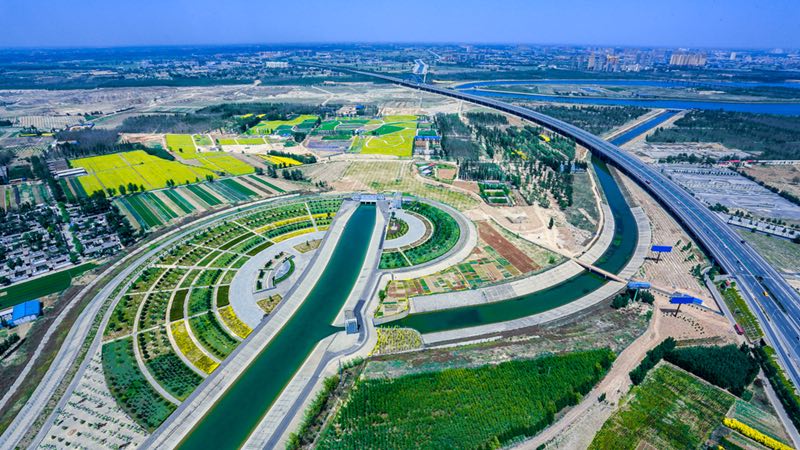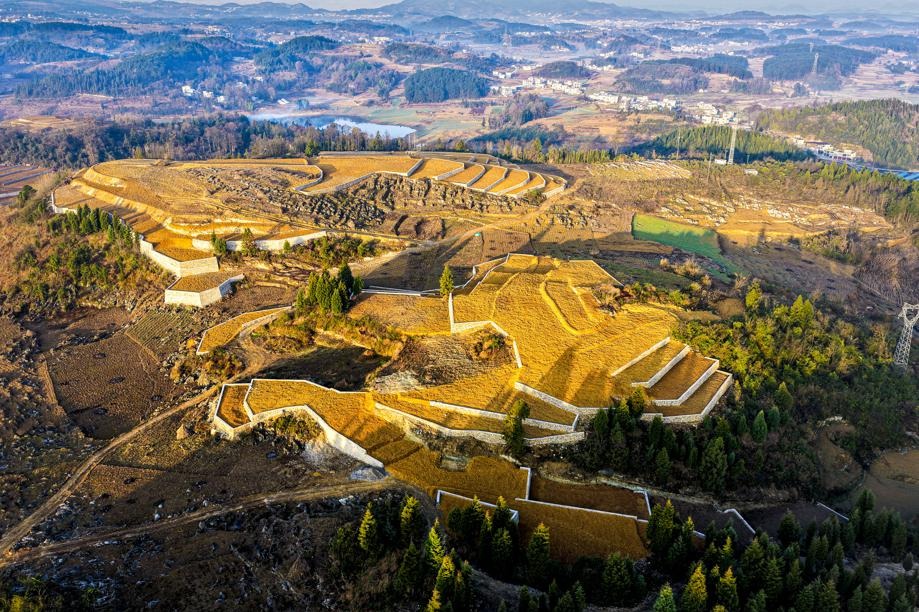Expert: More awareness needed about conserving water


Beneficiaries of China's south-to-north water diversion project should know how precious the water they drink and use is, raising awareness about conserving water and not wasting it, said an expert on water quality monitoring.
"More and more people in the country's northern regions are using water transferred from a long distance through the project's canals, which makes the water much more valuable," Fan Chao, vice-president of Hebei Sailhero Environmental Protection Hi-tech Co, said Monday at a conference in Shijiazhuang, North China's Hebei province.
The conference was held to mark the third anniversary of the start of operations of the central route of the south-to-north water diversion project.
The project, which includes three routes, is a massive infrastructure project for transferring water from the country's south to arid northern areas.
Since put into operation on Dec 12, 2014, the central route has transferred 11.4 billion cubic meters of water from the south to North China, according to Tian Yong, director of Hebei Bureau of the Construction and Administration Bureau of South-to-North Water Diversion Middle Route Project, a State-owned company to construct and manage the central route.
The water was pumped from the Yangtze River and has gone to Beijing, Tianjin and the provinces of Henan and Hebei along the central route, Xinhua News Agency reported in October.
The route starts at Danjiangkou reservoir in Hubei province and ends in Beijing.
About 53.1 million people in northern China have benefited from the project, the report said.
Dai Zhanqiang, deputy director of the Construction and Administration Bureau, said 100 percent of the residents in the main urban areas of Tianjin are using water delivered through the project, while the proportion in Beijing has reached 70 percent.
He added the construction of the central route took 11 years, during which great efforts were made by more than 100,000 constructors.
And the water quality delivered from the south can reach at least the Grade II national standard for surface water quality, while most of it reaches Grade I, Dai said.
According to China’s environmental quality standards for surface water, water that reaches Grade III is still potable. The top three levels are classified as premium quality drinking water.
“The public needs to know how precious the water is and also learn to save and protect it in everyday life,” Fan said.
Contact the writer at zhangyu1@chinadaily.com.cn
- US defense policy act fuels Taiwan tensions
- New Year holiday to bring peak in travel
- China's top 10 sci-tech news events unveiled
- Over 700 generative AI large model products complete filing in China
- Beijing accuses Lai of 'kowtowing' to US
- Hong Kong's global standing boosted with increasing presence of intl organizations: justice secretary





































